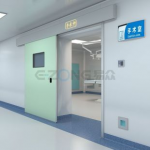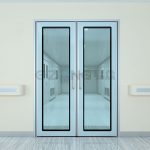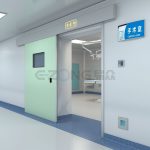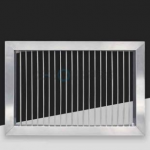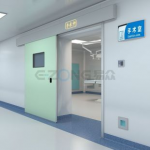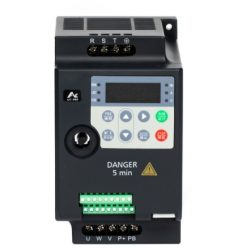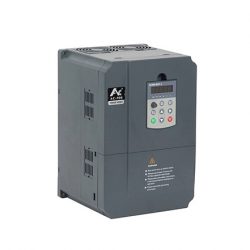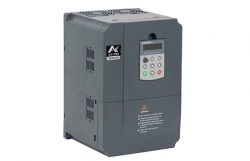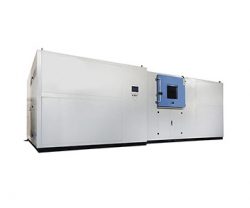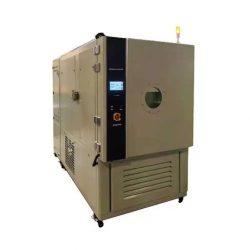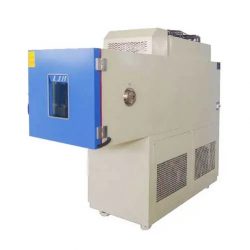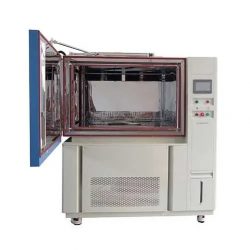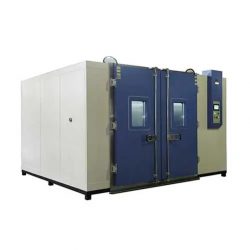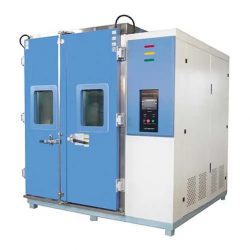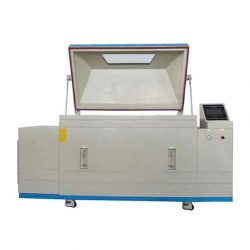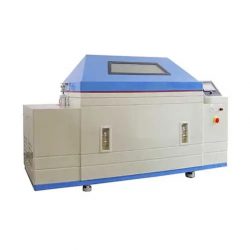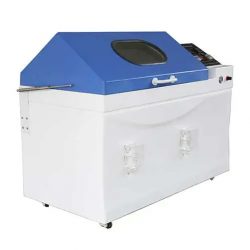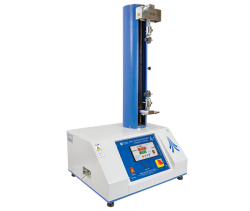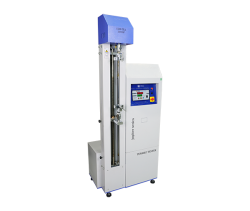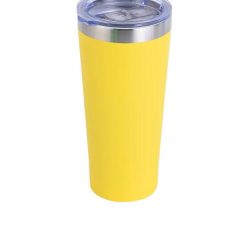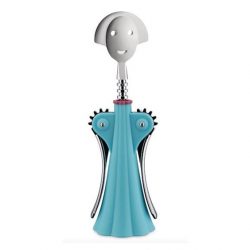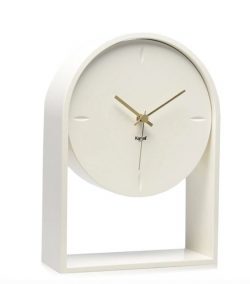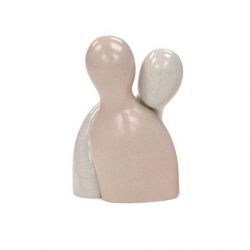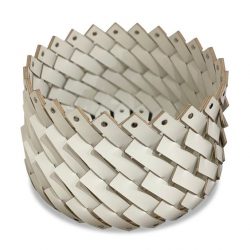CLEANROOM DOOR
Yizhong Aluminum serves more than 100 hospitals around the world every year, including listed hospital groups, well-known chain hospitals, and nursing home projects in China, Australia, Canada, India, and the Philippines.
Hospital room doors are typically made of durable materials such as metal or laminate to withstand heavy use and cleaning. They may also have specialized features such as automatic closers, privacy locks, and peepholes to aid in infection control and patient privacy. In some cases, they may also have electronic locking systems or card readers for added security.
Features of Hospital Room Doors
Hospital room doors typically have the following features:
Durable construction: made of metal or laminate to withstand heavy use and cleaning
Automatic closers: to ensure the door is closed after someone enters or exits the room
Privacy locks: to ensure patient privacy and security
Peepholes: for staff to check on patients without entering the room
Electronic locking systems: for added security, such as card readers or keypads
Viewing windows: to allow natural light and improve visibility for staff
Soundproofing: to minimize noise transmission between rooms
Fire-rated: to prevent the spread of fire and smoke
Panic hardware: to allow for easy exit in case of emergency
Warning signs or color coding: to indicate the type of room or the level of isolation precautions that should be taken.
Application of Hospital Room Doors
Hospital room doors are used in a variety of settings within a hospital or healthcare facility to provide privacy, security, and infection control for patients. Some of the main applications of hospital room doors include:
Patient rooms: Hospital room doors are used to separate patient rooms from common areas such as hallways or nursing stations. These doors provide privacy for patients and their families and also help to limit the spread of infection.
Isolation rooms: Some hospitals have rooms designated for patients with contagious diseases or conditions. These rooms have specialized doors that are designed to prevent the spread of infection to other areas of the facility.
Operating rooms: Operating rooms have specialized doors that are designed to prevent the spread of germs and bacteria. They also have viewing windows to allow natural light and improved visibility for staff.
Emergency rooms: Emergency rooms have specialized doors that are designed to withstand high traffic and heavy use. These doors often have panic hardware to allow for easy exit in case of emergency.
Mental health units: Some hospitals have specialized mental health units that have specialized doors that are designed to provide added security and safety for patients and staff.
Staff areas: Some hospitals have specialized doors that are used to separate staff areas from patient areas. These doors often have electronic locking systems or card readers for added security.
Overall, the main purpose of hospital room doors is to create a safe and secure environment for patients, staff, and visitors while also limiting the spread of infection.

